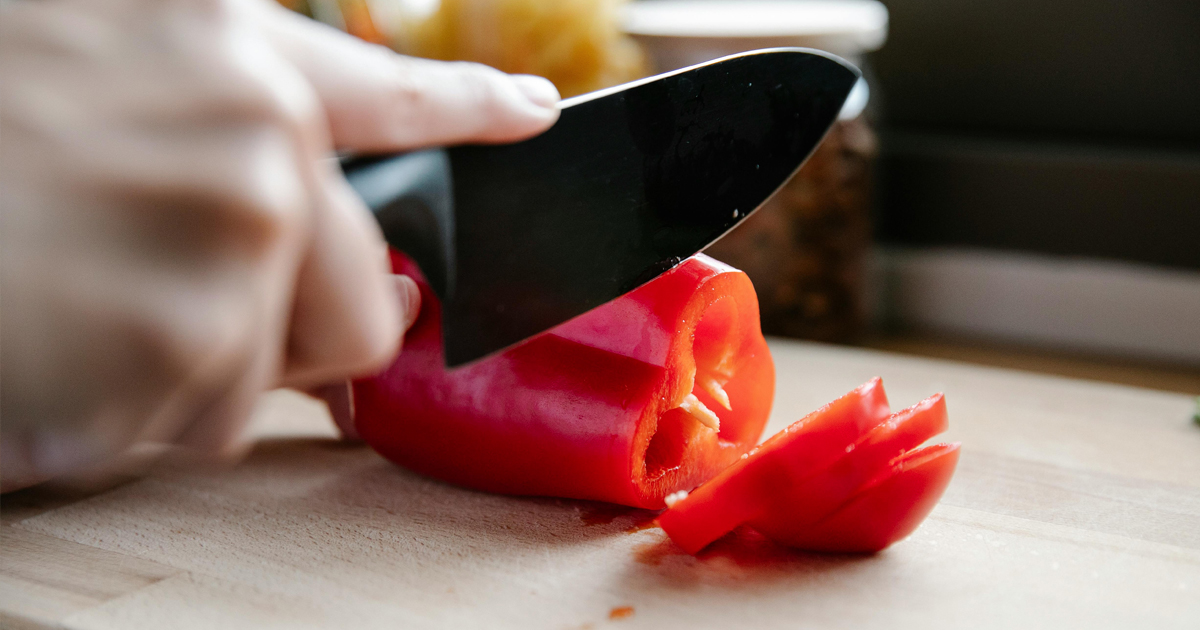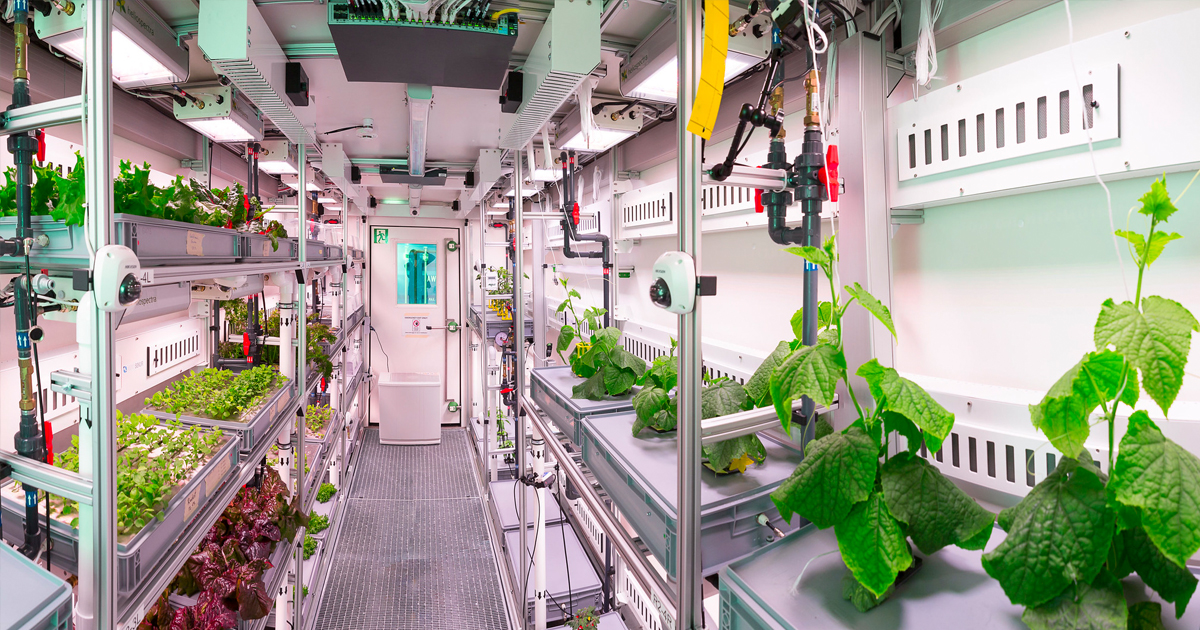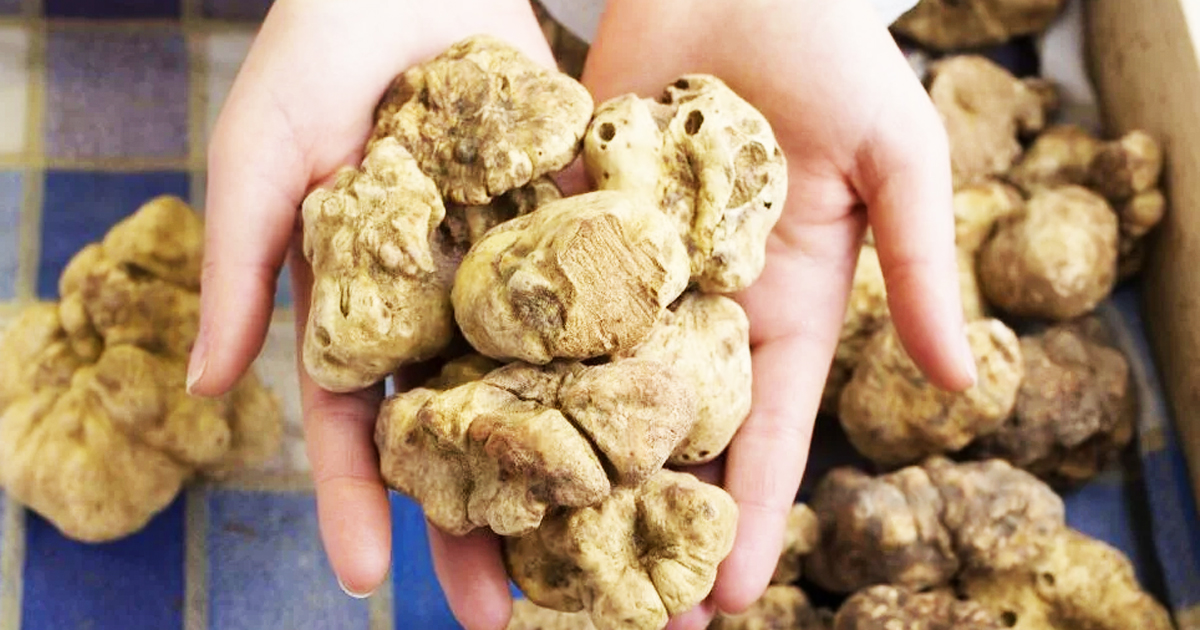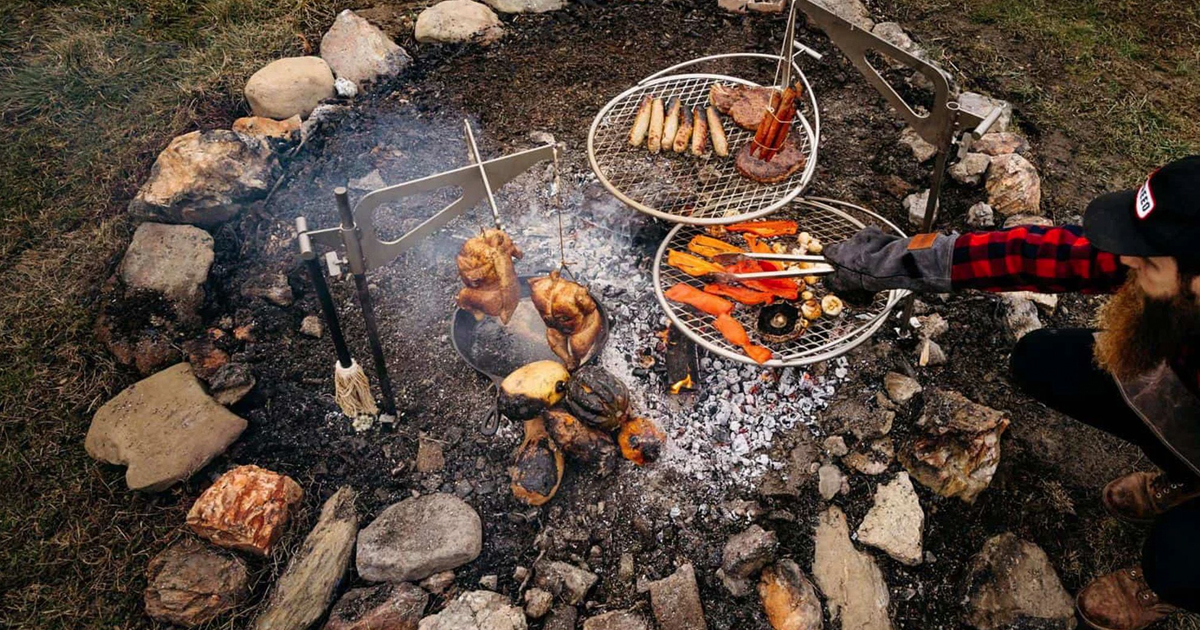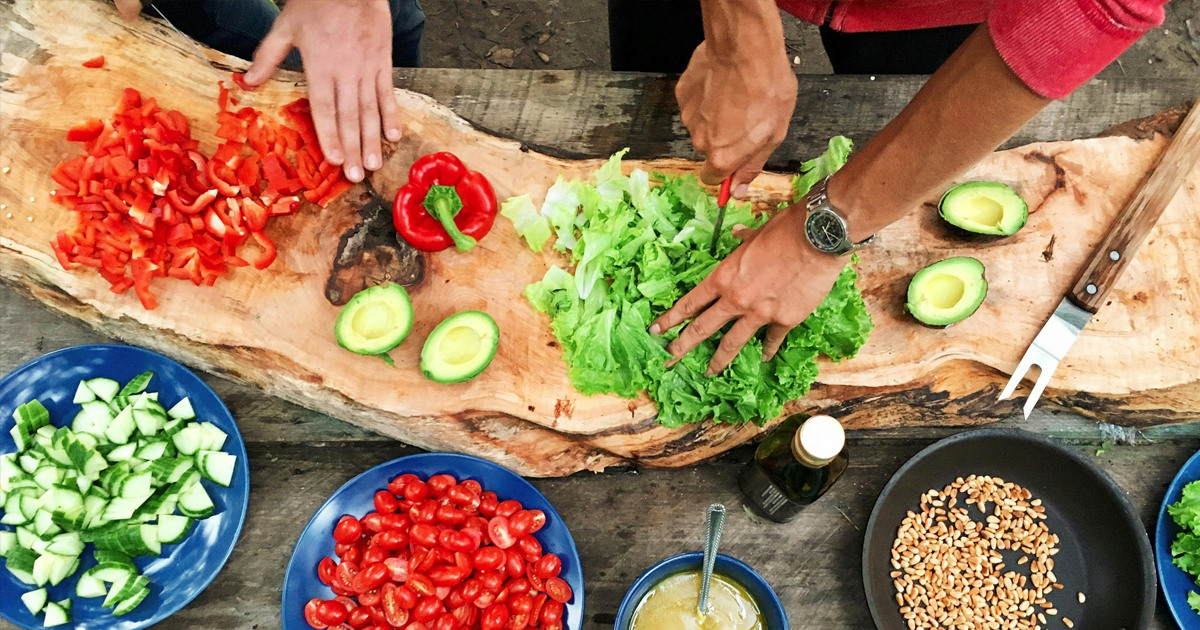Having good knife skills is necessary for anyone working in the kitchen, whether they are inexperienced or experienced. Properly cutting vegetables and meats improves efficiency, safety, and the appearance of your dishes. This guide will teach you the correct methods for cutting vegetables and meats, building your confidence and efficiency in the kitchen.
Knife selection and grip
Proper knife skills begin with choosing the right knife for the job. A chef's knife is versatile and ideal for various cutting tasks. For chopping herbs or small vegetables, a paring knife is a good choice. Keep your knife sharp to avoid slipping and creating uneven cuts.
Next, you need a proper grip on the knife so that you can manipulate it in multiple ways. Grip the knife firmly with your stronger hand, making sure your fingers are tucked under the handle and your thumb is on the side of the blade. Use your opposite hand to support the food. Keep your feet shoulder-width apart for balance.
Types of knife cuts
Familiarize yourself with various cutting techniques for vegetables. Julienne involves slicing veggies into thin matchstick strips. Begin by cutting the vegetables into planks, then stack and slice them into strips. Dice involves cutting vegetables into planks, sticks, and then cubes for uniformity. Mince finely chops vegetables by rocking the knife against the cutting board.
Similarly, know the different cutting techniques for meats. To achieve tender cuts, you can utilize a slicing technique, which slices meats like steak or poultry against the grain using a long, smooth motion. For stews or stir-fries, you want to utilize a cubing technique, which cuts meat into uniform cubes by first slicing it into strips and then cross-cutting. Lastly, Improve flavor and texture by trimming, which trims excess fat or connective tissue from meat before cooking.
Safety precautions
Most importantly, ensuring safety is a priority when handling a knife. Utilize a secure cutting surface at all times. Keep fingers clear of the blade and employ a claw grip technique. Be mindful of the knife's direction to prevent mishaps. Prioritize precision over quickness and take your time.
Mastering knife techniques, like any skill, requires practice. Begin with basic cuts and progress to more advanced tasks. Over time, as you develop patience, you will improve your proficiency and confidence in using a knife.

